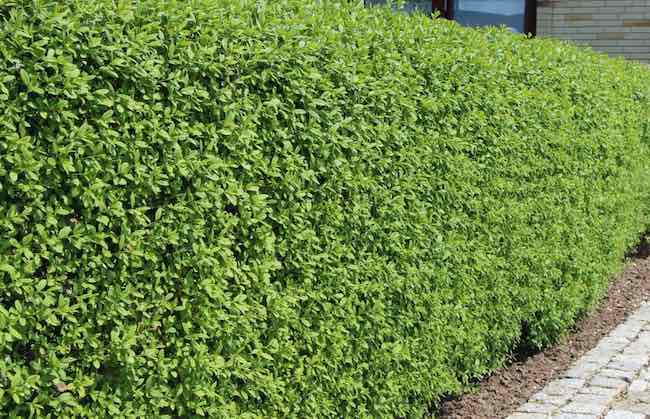Moving A Privet Hedge


Moving a privet hedge can be done, but it is a challenging task. The hedge should be moved in the dormant season, ideally in late autumn or early spring, when the plant is not actively growing. The hedge should be dug up with a large amount of root ball intact. The hedge should be replanted in the new location as soon as possible and should be watered well until it becomes established. It is important to note that moving a mature privet hedge can cause stress to the plant and may result in dieback or death. It is best to consult with a professional before attempting to move a large or mature privet hedge.
To care for a privet hedge, the following steps should be taken:
- Watering: Water the hedge regularly, especially during dry spells, to keep the soil consistently moist.
- Fertilizing: Fertilize the hedge in early spring with a balanced fertilizer, such as a 10-10-10 fertilizer, to promote healthy growth.
- Pruning: Regularly prune the hedge to maintain its shape and size. This can be done in late spring or early summer after the plant has finished blooming.
- Pest and Disease Control: Watch for common pests, such as aphids and spider mites, and diseases, such as powdery mildew, and take appropriate action if necessary.
- Mulching: Mulch around the base of the hedge to conserve moisture and suppress weeds.
- Sunlight: Provide the hedge with adequate sunlight, ideally 6 hours or more of direct sunlight per day, for optimal growth and health.
It’s important to note that the specific care requirement can vary depending on the specific species of privet. It’s always best to consult with a professional or check with the plant’s label for more specific instructions.



